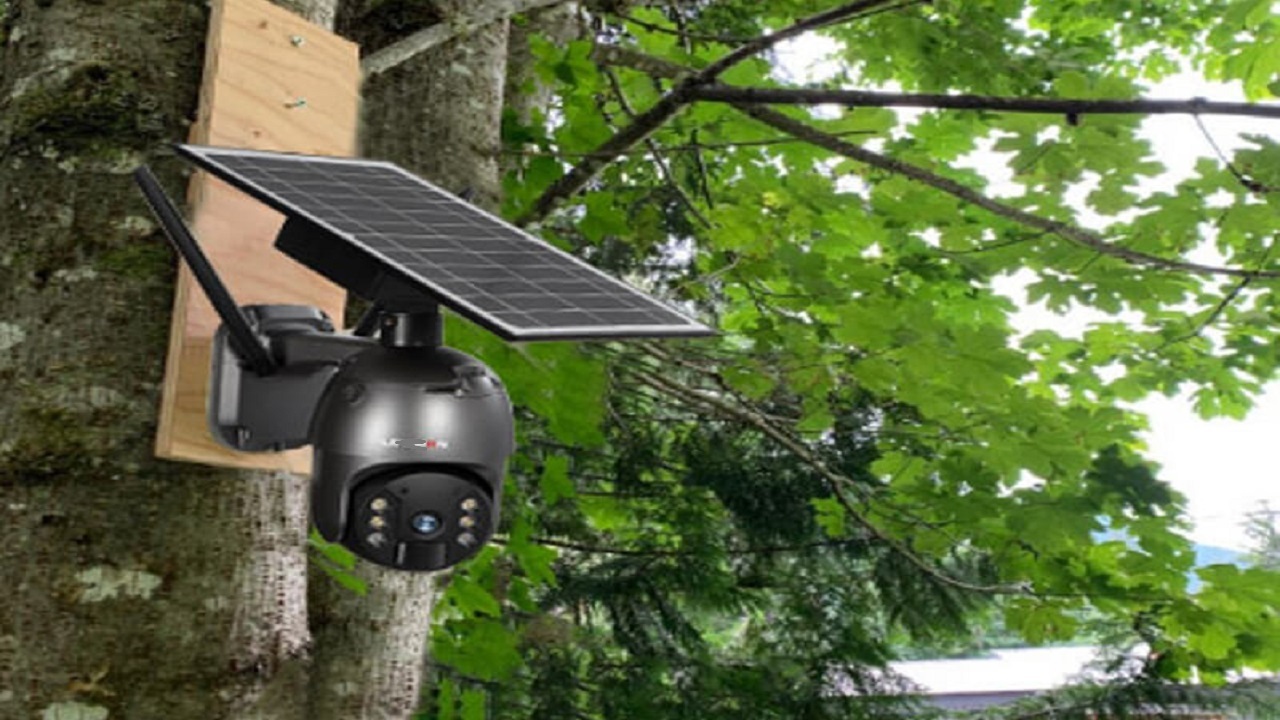Securing one's home is a major concern for numerous homeowners, and installing cameras is a common method used to increase security and ward off possible dangers. Nevertheless, whether you need one security camera or twenty depends on the size of the home and the area you want to cover. A variety of things affect the cost, such as the size of the property, layout, and specific area you prefer to observe. Let's discuss how to evaluate your needs and what adjustments you need to make to your home security camera systems.
Assess Your Property Layout
Start with planning the design of your garden. Put down all the entry points, like windows, room doors, and garage doors, on the list and consider them targets for intruders. In addition, the other parts of the house that require surveillance, like the driveway, backyard, or side doors, must be considered. This will be a slow process involving first marking the zones and then installing the security cameras in the areas that are considered to have the highest risk.
Focus on Key Areas
Not everything on your property that needs monitoring is the same. Concentrate on areas with the highest level of risk, which are most likely to be covered by cameras. By and large, the front and back doors are the initial locations for the security cameras to be positioned. Such places are crucial for controlling intrusion points where the majority of attackers break in. Furthermore, capturing activity in high-traffic areas such as hallways and living rooms, indoor cameras are an excellent tool for monitoring what is happening in your home.
Consider Camera Types and Features
When choosing the number of cameras, take into account the features and types that you need, as well as the types that are suitable for your purposes. Outdoor cameras are built to specifically withstand the harsh weather elements and give clear footage even during the day and night. Conversely, the interior cameras are more concealed and can be placed in such a way as to track actions in precise rooms or spaces.
Optimize Camera Placement
Camera placement, which should be strategically planned, is essential for better coverage and impact. The goal is to line up all ways of gaining access with clear, direct views. Cameras should be mounted at a level that is too high to be reached but still show faces and features that help identify people. Moreover, indicators such as signs should be made to inform visitors that surveillance cameras are active, which may prevent them from committing any mischief.
Customize Based on Needs
Whether the security cameras are needed and the number of cameras depends on personal preferences and property size. For smaller homes such as apartments, a couple of two to four cameras could work perfectly well. Bigger dwellings or houses with expansive outdoor zones may demand a better plan with more camera coverage to capture the whole scene.
Conclusion
In the end, it is not an easy task to say how many security cameras you need for the best home protection because it is dependent on property layout, critical areas, and specific security needs. By means of a thorough assessment of the factors involved and the tailoring of your home security camera systems to the outcome, you can get the job done in the right way.


